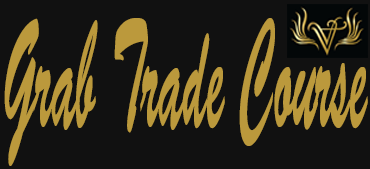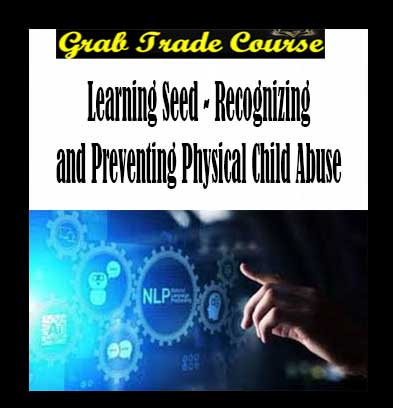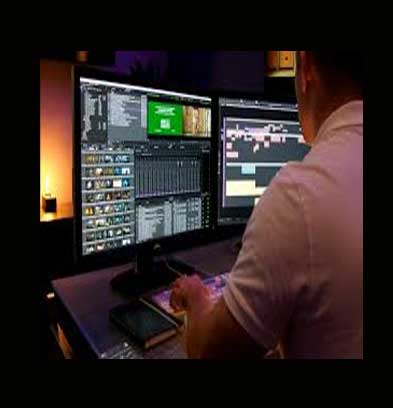Learning Seed – Recognizing and Preventing Physical Child Abuse
Description
Learning Seed – Recognizing and Preventing Physical Child Abuse review, Learning Seed – Recognizing and Preventing Physical Child Abuse download, Learning Seed – Recognizing and Preventing Physical Child Abuse free
Learning Seed – Recognizing and Preventing Physical Child Abuse
Recognizing and Preventing Physical Child Abuse
by Learning Seed
Working with physically abusive parents can be difficult for the new social worker, challenging their feelings of empathy and often eliciting anger. This video offers insight into why parents use physical discipline and provides strategies for keeping children safe.
In a country where physical discipline is legal it is incredibly important for the social work student to have an understanding of physical abuse: both its causes and ways to prevent it. Physical abuse is not limited to any particular type of home or family. It’s found in families of any income, race, or class and has serious ramifications that range from health problems, physical and emotional scarring, as well as death.
This video will be your guide to exploring what physical child abuse is, what the short- and long- term effects are, why parents choose to use it, and most importantly, what can be done to put a stop to it.
By taking a challenging topic and dissecting its many parts, this video provides you with specific and concrete interventions you can use with parents right away. There’s no definitive answer to why certain parents abuse their children and why others don’t, but the video explores several factors that correlate with physical abuse including:
- A parent’s own history of being abused
- Stress, especially while caring for an infant
- Unrealistic expectations of developmentally appropriate behaviors in children
- Mental health issues for the parents, including personality disorders that are undiagnosed or untreated
- Substance abuse
Each factor is looked at in depth and ways to engage a parent are provided.
This video also explores the differences between discipline and abuse, a discussion that often arises while working with physically abusive parents. As a result, social work students watching this video will understand how effective disciplining emphasizes teaching rather than punishing.
In Depth
When working with parents who have physically abused their children, it’s important to engage them in a non-judgmental way without anger or condemnation. This is challenging when witnessing the consequences of abusing a child. If the parents themselves grew up in an abusive household and are used to punishment then defensiveness and anger will be very prevalent as you begin your work. It will be important to set firm limits for what behavior is acceptable while also forming a relationship that makes it possible for the parent to hear and trust you. This can be the first step to helping them open up and change their behavior.
After watching this video, you will:
- Identify the factors that often lead parents to physically abuse their children.
- Learn both the short-term and long-term effects of physical discipline.
- Understand the difference between physical discipline and physical abuse.
Specs
Length of video: 00:30:27
English subtitles available
Our Policies
A. Product Quality
We will provide GOOD quality of courses fast. If any issue, email: [email protected].
We sure that your problem will be support as soon as possible.
B. Digital Shipping Proceess
After your payment, we will review your payment, Then, we will send you PCLOUD LINK OF COURSES through email in 3 – 8 hours. If any issue, we will inform you as soon as possible.









Reviews
There are no reviews yet.